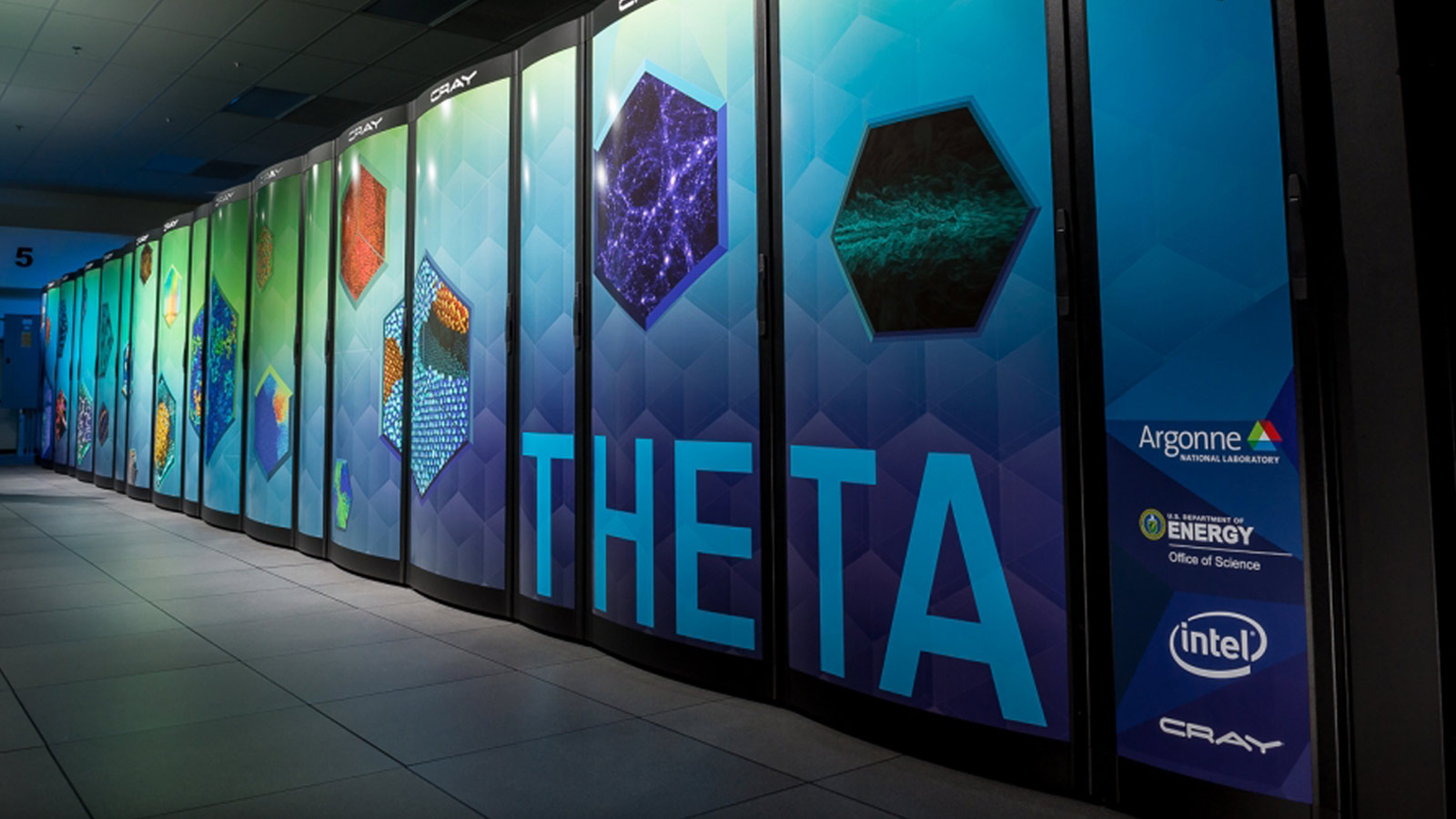Argonne, UNM collaborate to advance materials research
Scientists at the U.S. Department of Energy’s (DOE) Argonne National Laboratory and two other national laboratories are partnering with The University of New Mexico (UNM) to answer compelling questions surrounding a range of materials, including those for quantum and energy applications.
The three-year, DOE-funded project centers around a mega-electron volt ultrafast electron diffraction (MUED) instrument. Inspired by devices like electron microscopes, the MUED instrument at Brookhaven National Laboratory (Upton, NY) is the first of its kind in the world. Scientists can learn more about materials during phase transitions, when materials undergo changes in physical properties. However, phase transitions occur quickly and are elusive to capture. Ultrafast instruments like MUED can pause materials in a state of nonequilibrium, permitting scientists to probe the materials and discover more about them.
The team will analyze its gathered data and simulations at Argonne’s Leadership Computing Facility, a DOE Office of Science high-performance computing user facility, with techniques involving optimization, artificial intelligence and machine learning. Using MUED, researchers will learn how to drive materials into states that exhibit new or previously unimagined properties.
Los Alamos National Laboratory (New Mexico) is also collaborating on the project.
Los Alamos scientists use Argonne beamline to analyze magnesium-niobium nanocomposite
A research team from Los Alamos, in collaboration with various university partners, is using the high-energy X-rays at the Advanced Photon Source (APS), a DOE Office of Science User Facility at Argonne, to analyze the stability of magnesium-niobium nanocomposites. These composites are commonly used in the construction and oil and gas industries.
The team used the APS beamline to analyze magnesium-niobium’s stability under high pressure. Magnesium’s high strength-to-weight ratio makes it a metal critical to energy savings, notably in the auto and aerospace industries. However, magnesium’s lack of ductility — that is, its ability to be made into wire or deform without breaking — limits its use in many industrial applications.
Using high-energy X-rays and a diamond anvil cell, the team imaged the structural changes of a 7-8 nanometer-thick sample of magnesium alloy. They discovered a particular transformation in the structure at high pressures that points toward a method for increasing the material’s ductility. This pivotal discovery promises to advance the state of the art in numerous industries and application of advanced manufactured materials.
The APS is a DOE Office of Science User Facility.
Air Force, Los Alamos use Argonne beamline in shock wave research
Using uniquely integrated X-ray and shock wave capabilities at the Dynamic Compression Sector of the APS, scientists from Los Alamos and the U.S. Air Force Research Laboratory (AFRL) have achieved a significant breakthrough in materials engineering and shock wave research.
Assisted by National Nuclear Security Administration funding, the team developed a 3D-printed polymer-based foam structure that responds to shock loading as a one-way switch, a long sought-after goal in shock research. Tiny, specifically engineered holes in the structure determined the foam’s response. Computer modeling helped the team identify the most promising configurations. Printed test pieces the size of a pencil eraser were probed in real time as the material was shocked, using APS synchrotron X-rays to image the localization of shock wave energy.
While in the early stages of its development, sources say the material has the potential to be scaled up for a variety of military and other applications, including for the protection of structures.
Los Alamos, Argonne collaborate to create more affordable fuel cells
A fuel cell consists of an anode, a cathode and an electrolyte. A catalyst at the anode causes the generation of ions, which then pass between the anode and cathode by way of the electrolyte. With near-zero undesirable emissions, fuel cells represent a highly attractive technology offering a broad array of practical power applications, including emergency backup, portable, stationary and transportation power. However, despite many advances in fuel-cell technology, cost remains a significant obstacle to wide-scale manufacture: The anode catalyst in alkaline fuel cells is a prohibitively expensive platinum group metal.
Using transmission electron microscopy at Argonne’s Center for Nanoscale Materials, a DOE Office of Science User Facility, scientists from Argonne and Los Alamos are collaborating in search of a more affordable solution. The team has synthesized a new platinum-ruthenium based anode catalyst that permits ultralow loading of platinum. Analysis shows that the novel catalyst approaches the DOE’s 2020 performance and cost targets for transportation applications — a discovery that promises to substantially lower the cost of ion exchange membrane fuel cells and the products that rely on them.




